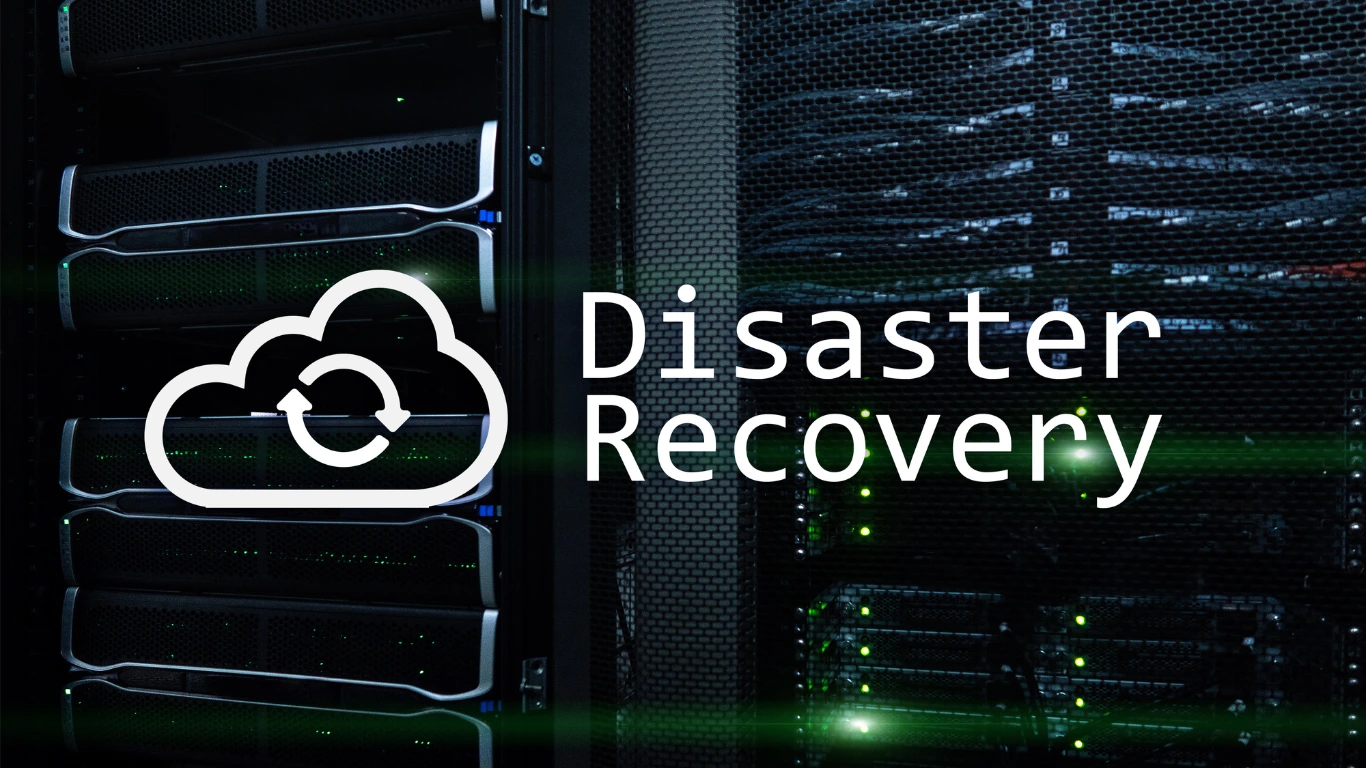
Imagine this: a major data breach or a natural disaster strikes your business, and every minute of downtime costs you thousands of dollars. In today’s tech-driven world, such scenarios aren’t just possibilities, they’re real threats. According to studies, businesses can lose an average of $5,600 for every minute of unplanned downtime, emphasizing the critical need for rapid disaster recovery.
When disaster hits, having a well-prepared onsite IT support team can make the difference between a swift recovery and prolonged disruption. Unlike remote-only solutions, onsite IT support ensures immediate, hands-on intervention to mitigate damage and restore operations.
Understanding IT Disasters
Disasters in the IT world aren’t limited to hurricanes or power outages. They encompass a wide range of events that can jeopardize your business operations, including:
-
Cybersecurity Breaches: Hackers can compromise sensitive data or disrupt your systems, leading to operational downtime.
-
Hardware Failures: Unexpected malfunctions in critical devices like servers or network equipment can halt your operations.
-
Natural Disasters: Floods, earthquakes, and fires can physically damage your IT infrastructure.
-
Human Errors: Mistakes like accidental deletions or misconfigurations can result in significant downtime or data loss.
Each of these disasters requires a tailored approach to recovery. Onsite IT support plays a pivotal role by providing immediate, hands-on resolution, ensuring minimal disruption to your business.
The Time Factor: Why Speed Matters in Disaster Recovery
In disaster recovery, time is not just money—it’s survival. The faster your business can recover from an IT disruption, the lower the risks and losses. Let’s break it down:
1. Financial Impact
Revenue Loss - Each moment of downtime can mean missed transactions, affecting your bottom line.
Costly Workarounds - Delayed recovery may necessitate expensive temporary fixes or overtime for employees.
2. Data Vulnerability
Risk of Data Corruption - Prolonged system inactivity increases exposure to data degradation.
Security Threats - Systems down for too long become attractive targets for cyberattacks.
3. Business Operations
Productivity Halt - Teams dependent on IT systems cannot function effectively, creating operational bottlenecks.
Missed Deadlines - Projects and customer commitments may fall through, further impacting trust.
4. Reputation at Stake
Customer Trust - Delays can damage relationships with clients who rely on your services.
Stakeholder Confidence - Perceptions of inefficiency can impact investor and partner trust.
Onsite IT Support: A Lifeline in Real-World Disaster Scenarios
Imagine a mid-sized company hit by a sudden power surge during peak operational hours. The surge disrupts their servers, halts employee workflows, and threatens customer data. While remote IT teams scramble to understand the situation, onsite IT support steps in immediately, becoming the linchpin of recovery.
Hands-On Troubleshooting Under Pressure
Onsite teams can directly address the problem, from inspecting affected servers to replacing damaged components, ensuring minimal downtime. This immediate physical intervention often makes the difference between hours and days of disruption.
Real-Time Coordination with Stakeholders
Whether calming the concerns of business leaders or guiding employees to alternative workflows, onsite IT specialists act as the bridge between technical fixes and operational continuity.
Learning and Adapting on the Fly
The onsite team’s presence offers a rare opportunity to observe infrastructure vulnerabilities firsthand. These insights lead to faster resolution and the ability to suggest long-term improvements tailored to the unique environment.
The Human Element of Recovery
Beyond their technical skills, onsite IT professionals provide a sense of assurance during high-stress situations. Their presence builds trust, fostering collaboration across departments to ensure the entire organization moves forward together.
Ensuring Long-Term Resilience Post-Recovery
To move from recovery to robust resilience, a multifaceted approach is critical. Onsite IT support becomes instrumental in spearheading and coordinating these efforts.
Step 1: Learning from the Incident
Onsite IT teams work closely with stakeholders to analyze the incident. This involves:
-
Creating detailed reports on the causes and effects of the disruption.
-
Identifying areas of vulnerability in the IT environment.
Step 2: Strengthening IT Infrastructure
Using insights from the analysis, onsite professionals:
-
Recommend infrastructure enhancements, such as better firewalls or cloud-based backups.
-
Implement advanced monitoring tools to detect future threats early.
Step 3: Empowering Teams
Resilience requires organization-wide participation. Onsite IT support helps:
-
Develop training modules for employees to recognize and respond to risks.
-
Establish clear communication channels for faster decision-making during crises.
Step 4: Institutionalizing Best Practices
Onsite teams play a critical role in embedding lessons learned into day-to-day operations, ensuring:
-
Regular updates to recovery plans.
-
Periodic disaster simulations to test and refine procedures.
This structured approach not only mitigates future risks but also transforms challenges into opportunities for sustained growth.
Building Resilience Through Onsite IT Support
Resilience is the cornerstone of effective disaster recovery. Onsite IT support teams play a pivotal role in preparing organizations to withstand and recover from unexpected disruptions. Here’s how they contribute to a resilient IT environment:
1. Preemptive Planning and Testing
Onsite teams are actively involved in designing and testing disaster recovery plans. They can:
-
Conduct real-time simulations to test recovery strategies.
-
Identify vulnerabilities in the IT infrastructure and recommend corrective actions.
-
Ensure that backup systems and failovers function seamlessly during a crisis.
2. Strengthening Physical Infrastructure
When disasters strike, physical hardware like servers, storage devices, or networking equipment is often affected. Onsite IT support:
-
Ensures rapid hardware replacement or repairs.
-
Sets up redundant systems to minimize downtime.
-
Implements robust physical security measures for critical IT assets.
3. Ongoing Risk Assessment
Onsite support teams continuously assess risks to the organization’s IT framework. This includes:
-
Monitoring for emerging threats, such as power outages or environmental risks.
-
Keeping IT systems aligned with compliance and security standards.
-
Offering tailored recommendations to enhance organizational resilience.
4. Cross-Functional Collaboration
A resilient IT system requires seamless coordination between departments. Onsite IT teams:
-
Act as a bridge between technical and non-technical teams during emergencies.
-
Provide hands-on guidance to employees, ensuring the safe operation of IT systems.
-
Coordinate with external vendors to expedite the resolution of critical issues.
By embedding resilience into IT operations, onsite teams enable organizations to bounce back quickly, minimizing disruptions to business continuity.
Closing Thoughts: The Value of Onsite IT Support in Disaster Recovery
In the face of unexpected disruptions, the importance of onsite IT support cannot be overstated. Their ability to provide swift responses, hands-on troubleshooting, and a personalized understanding of your IT environment makes them indispensable during disaster recovery efforts.
Whether it’s through minimizing downtime, ensuring business continuity, or safeguarding compliance and security, onsite IT teams play a crucial role in turning potentially catastrophic scenarios into manageable challenges. By integrating their expertise with your disaster recovery plans, your organization can emerge stronger, more resilient, and better prepared for the future.
Ready to Enhance Your Disaster Recovery Strategy?
Partner with Cal Tech Services onsite IT support team today and secure the foundation your business needs to navigate any crisis with confidence.





